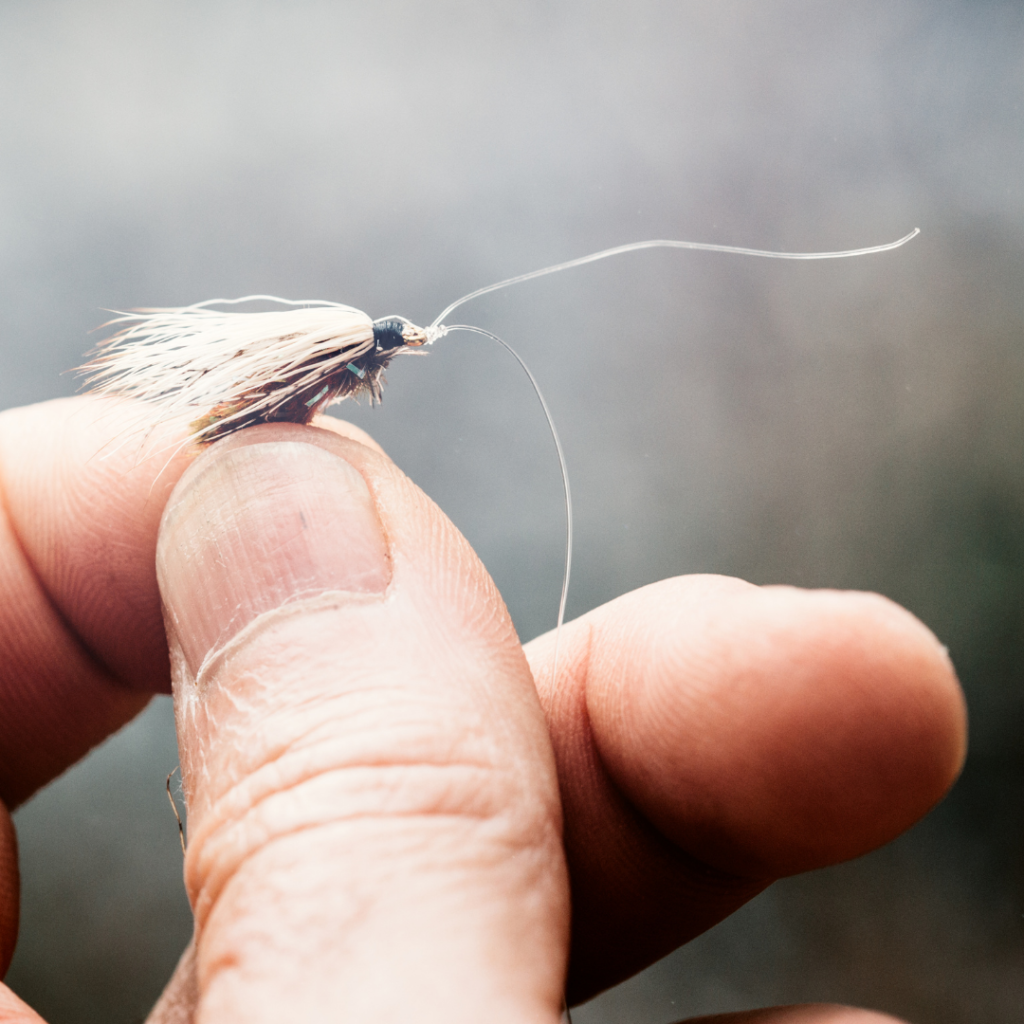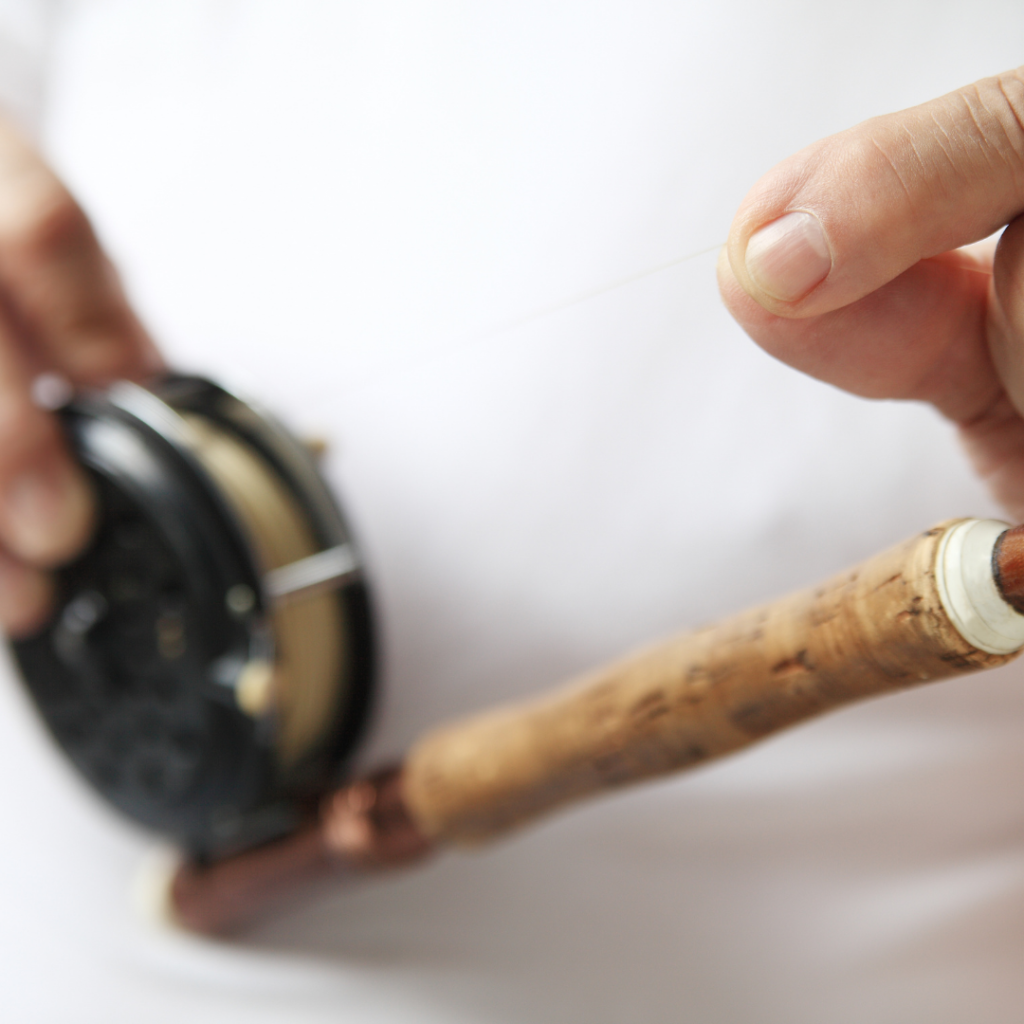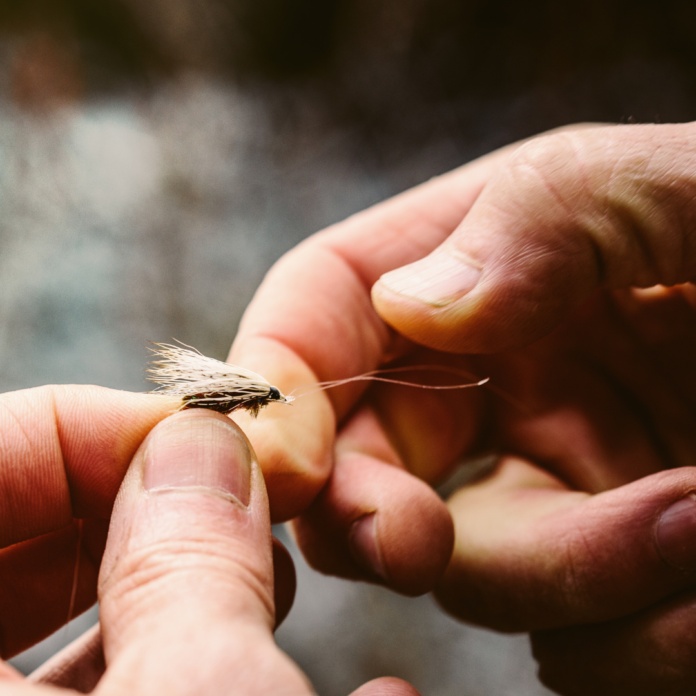How To Take Care Of Your Fly Line: Good practice in fly line care will maintain the line’s performance for trouble-free use and extend its overall life.
- Keep away from excessive heat such as leaving your fishing equipment in a hot car or garage over long periods of time. Heat will cause the polymer coating to prematurely release, or out-gas, the plasticizers and infused lubricants, rapidly aging the coating.
- Avoid exposure to direct sunlight for extended periods. UV light will degrade the polymer.
- Avoid contact with oil-based products; some chemical agents can harm (partially dissolve) the fly line coating such as suntan lotions, fuels and cleaning solutions. Be cautious with insect repellent containing DEET, a mosquito repellent base, as it will partially dissolve the fly line coating.
Related Articles:
- Fishing Tackle For Anglers
- Fly Lines Explained 101
- Roll Casting in Fly Fishing
- Tackle, lines, knots and accessory suggestions for maximum fly-fishing success
- Land Big Fish By Upgrading Your Fishing Equipment
During casting practice, avoid casting on pavement or gravel. When practicing casting on grass the line will become dirty quickly, requiring frequent cleaning. In addition, stretch the line often to remove twists that can come from extensive false casting. Always avoid casting without a leader.
In freshwater rivers and lakes, sharp rock ledges and boulders can damage the coating. When fishing, avoid stepping on the line with studded wading boots. When landing a fish, avoid pinching the line between the spool and frame of the reel.
When saltwater fishing, flush the fly line, reel and rod with fresh water at the end of each day to remove salt deposits. Take the time to inspect the fly line; saltwater flats with coral sand, coral edges or reefs can damage the coating. Be watchful during the day. Several saltwater game fish can have sharp teeth, sharp gill plates or abrasive skin, which can damage the leader and line.
Maintain the rod and reel. The fly rod guides can wear, developing a sharp edge that can reduce distance and damage the coating. Keep the reel in good working order, free of sharp edges or excessive wear. Do not wind on the backing excessively tight, as the undue pressure can damage the spool. Do not use monofilament for backing line as its use can damage the reel spool.

When transferring a fly line on or off a reel, avoid winding the line in a handover-hand fashion, which can cause a twist on each wrap. Always wind line on or off in a rotating turn, avoiding twisting the line (critical in monofilament shooting lines). If a new fly line is in a coil (not spooled), a line winder tool is a simple solution. If not available, pull the line free from the coil in a series of spirals (4 turns) to the right, then an equal number to the left (4 turns). In this way as the line uncoils, the line twists to the right then counter-twists to the left, straightening as it unravels. When the line is unraveled, stretch the line from back to the tip several times to assure all twists are removed prior to installing onto the reel
“The color in a fly line is more important to the fisherman than to the fish.” Joe Brooks
Cleaning your line will improve floatation, reduce friction through the rod guides, and reduce tangling. A build up of dirt and grime naturally occurs from normal use, accumulating on the portion of line most used. An indicator when a cleaning is needed is if the floating line’s tip portion sinks slightly, no longer floating high.
Cleaning the fly line:
- Mix a few drops of mild dish soap (non-detergent if possible) with warm water into the sink.
- Strip the line from the reel into the water and allow the line to soak for several minutes.
- Wipe with a clean cotton towel. When drying, start from the backing splice and pull the line through the cloth, ending at the tip. In this way, the line is stretched; any twists in the line are removed. Repeat if the line is damp or if any twists remain in the line.
- Rinse the line with warm water to remove any soap residue and towel dry. Any soap remaining on the line can reduce surface tension between the line and water surface, causing the line to rest lower.
- Once the line is dry, a line dressing can be applied, if desired. Silicone based conditioners can cause dirt to collect onto the line, requiring more frequent cleaning. When using a dressing, use a product recommended by a fly line manufacturer or a specialized product labeled as a fly line cleaner and conditioner. Some automotive or industrial silicone based conditioners for plastics can have chemicals or esters that may harm the fly line coating.
Some fly line manufacturers make a cleaning pad; one side is an abrasive, the other is soft foam to apply the dressing. The abrasive pad is effective without the soap and water treatment. Several pulls though the pad may be needed. Always start the cleaning stroke at the back of the line, drawing to the tip. Stretching the line during cleaning will remove any line twists that naturally occur from normal use.

Clean and dry the fly line and backing before storing, avoiding decay due to moisture problems. Mold and mildew can damage the Dacron backing strength.
Monofilament type shooting lines can become curled (take a set) if allowed to dry on a reel. Pull the head and mono shooting line from the reel and allow to dry. Prior to winding back up, give the line a stretch to remove any twists (pulling from back to front). Drying and stretching mono shooting lines will greatly extend trouble-free use













